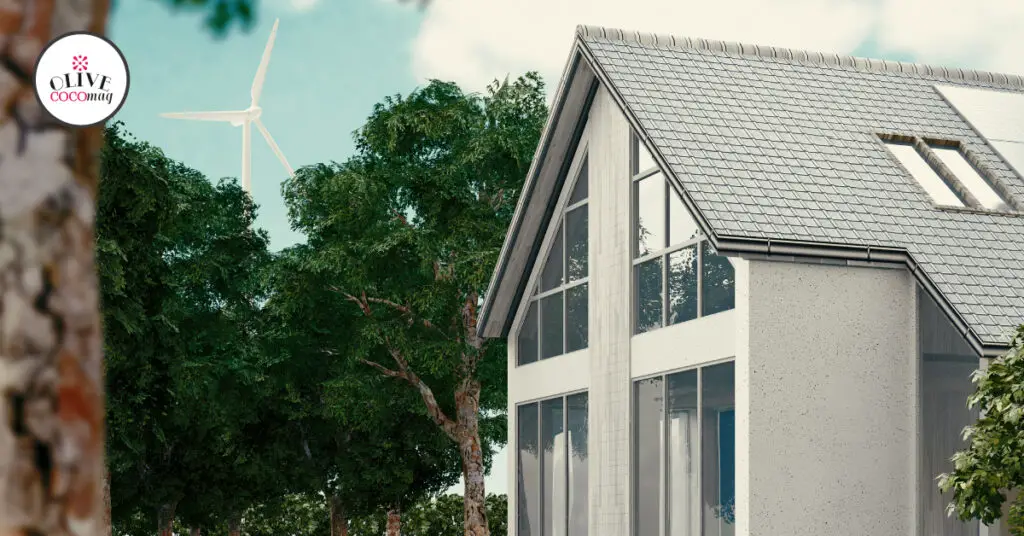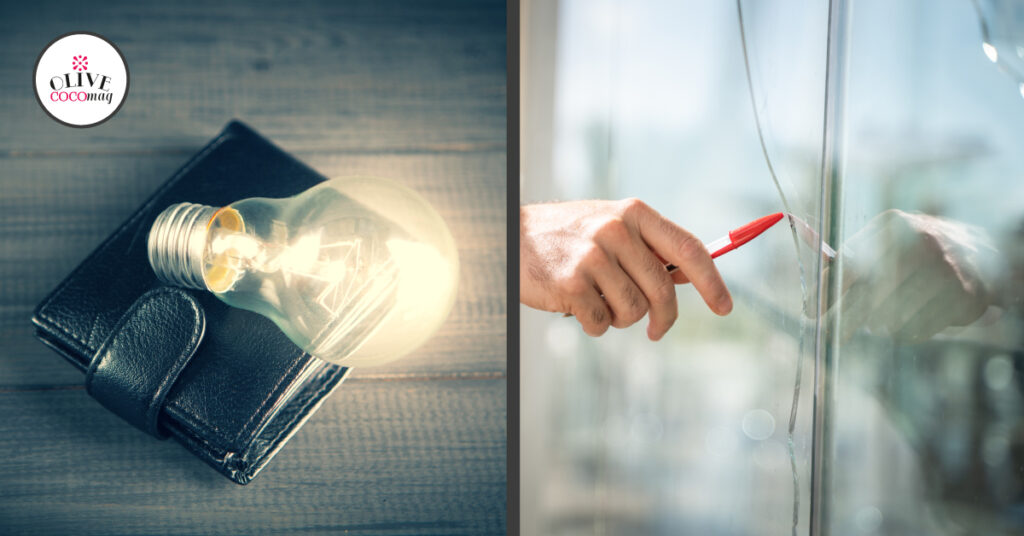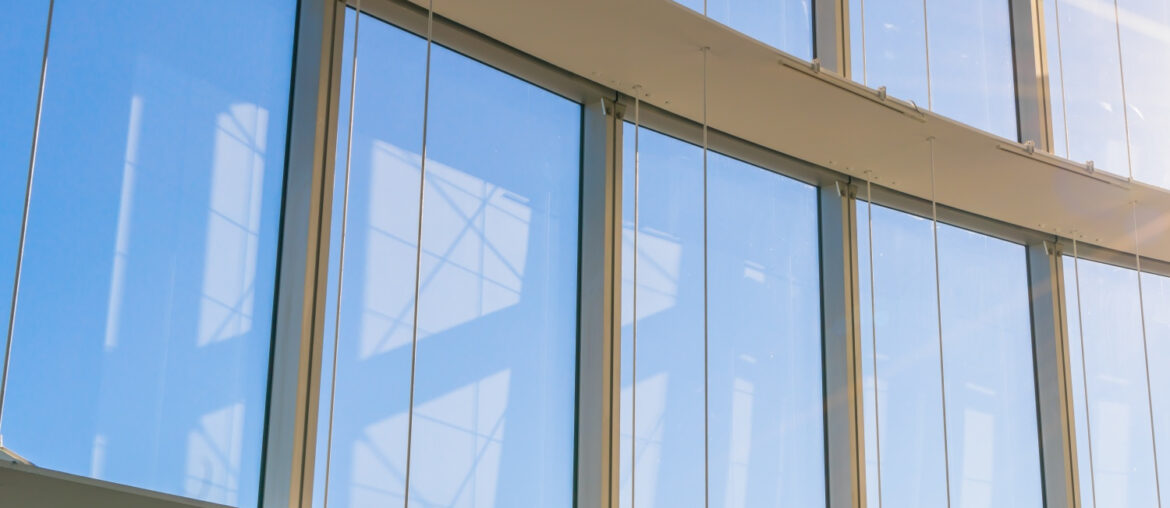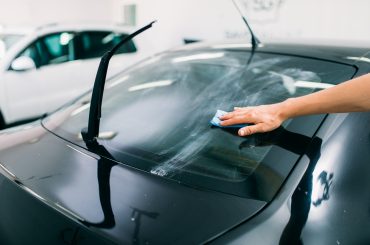The solar control film filters the sunlight you get through windows. It controls solar energy and blocks away harmful radiation. This type of film is installed on the windows of both buildings and vehicles. It protects you from carcinogenic radiation. Let’s see what these solar films are.

Table of Contents
What is Solar Control Film?
The solar control films are made of strong polyester that is laminated. Reflective and resilient components are also added to the manufacturing process. Sometimes, metal is also used for the reflective appearance. These films are scratch-resistant and installed from the inner side of the window. Generally, there are many benefits obtained from these solar control tint films. They help reduce the interior heat-trapping and provide heat insulation. This is done through the blocking of UV and IR radiation. Hence, the HVAC system-related utility bills are reduced. It improves visibility and brings a better aesthetic appeal to the building.
Solar Control for Buildings

If you don’t know what passive solar heating is, it is the process of warming the interior with natural sunlight. The sunrays that stream through the windows even on a cold day can be used for this. The advanced thermal technology used at present directs sunlight and thermal energy using reflective material components. There are several types of solar control tint films indicated below.
Low Emission Film
As the name states, these films emit a lesser amount of UV rays that enter the window. Heat is reflected back to the building through the windows. Therefore, for buildings in colder climates, these low emission films will be the ideal solution. These films can insulate interior heat during colder seasons and minimize the heat glare by reducing the heat penetrated in warmer seasons. Therefore, low emission films are suitable for all seasons.
Reflective and Dual Reflective Film
Unlike the other window films that block heat and harmful radiation from only one direction, this type of film is able to block radiation from both sides of the film. The exterior appearance is reflective and mirror-like. These reflective appearances of films are available in various color shades. Thus, it can be matched to get the preferred atmosphere of the building. More visibility is obtained by the dual-reflective film.
Ceramic Film
The ceramic window films are an advanced type of non-metallic film and are made up of nano-ceramic particles. Therefore, ceramic films are non-reflective and non-conductive. These films do not fade easily and maintain the color. The high strength of these films protects the glass from breaking and shattering. Its advanced structure also reduces the window glass cracking. UV and IR rays are blocked by this film and reduce light penetration than the other competitive window films.
Neutral Film
These window films are specialized in UV filtration. These can reduce up to 99% of UV rays and would protect the interior property from fading. The term ‘neutral’ comes from the moderate light filtered. Since the glare is reduced through the light filtration, a neutral and light tone of illumination is created. It would result in a slightly dimmed lighting of the interior that is not too much dark either.
Solar Control for Vehicles

Solar control window films are available for vehicles. This is mostly useful for commercial vehicles that transport photosensitive material. Windows with poor solar control cause high glare and overheat the vehicle interior. This problem is mostly found in tropical climates and during hot seasons. The easiest remedy for passengers would be to increase the air conditioning and reduce the temperature inside the vehicle. However, a drastic difference between the inner and outer temperatures would result in the shattering of the windows. Solar windows are the best option to reduce this condition and decrease the internal temperature by few degrees naturally. The heat inside vehicles can be reduced up to 70% by tinted window films, as heat-generating IR rays are filtered out.
If you need to try out this new solar window film on your car windows, you can learn How to Tint Car Windows. However, you would first need to know How to Remove Window Tint. Don’t forget to take good care of your new window tint after installation. For this, we would like to share some Window Tinting Aftercare Tips.
- Florida Tint Laws For Vehicles 2021
- Connecticut Tint Laws For Vehicles 2021
- ReTinting Car Windows: Why, How, And When?
- Florida Window Tint Laws: Things You Need To Know Before Tinting
- Tennessee Window Tint Laws – 2021
Why Should You Choose Solar Film?
There is more than one reason why you should choose solar window films for your building and vehicle. In addition to solar control, some other benefits are discussed here.

Energy Saving
Solar control tint films are highly remarkable for their support in reducing electricity bills. Some situations prove to have reduced up to 30% of the cost. As the EPA Energy Star Buildings Manual in the United States shows, the average home spends 1/3 of the utility bills due to heat gain in summer and heat loss in winter. This unwanted expense can be minimized by the installation of solar window films. You can save both your comfort and money without having to sacrifice one for another.
Extra Strength
As solar window films are made by binding heavy-duty polyester and strong adhesives, it creates solid and firm support for the window glass. Even though an impact occurs in any form of accident, vandalism, or natural occurrence, the window will be held strong by the film. So, the glass would neither be broken easily nor shattered.

Privacy
If you live in a busy area with a close neighborhood or drive your vehicle in heavy traffic very often, you must be concerned a lot about your privacy. Since solar control films provide high reflectivity, the interior of the building or vehicle cannot be observed easily. Therefore, this film installation would be the best option for someone who values privacy.
Reduced Glare
Having simple glass windows might bring in adequate light inside. However, too much of this light would create irritation to the eyes and become disruptive. This effect is what is commonly known as glare. This hinders both working indoors and driving. The optimal solution for this once again is solar window film. These films can reduce glare up to 94%. This would be highly advantageous for buildings as you can let natural light in without having to pull down blinds all the time.








